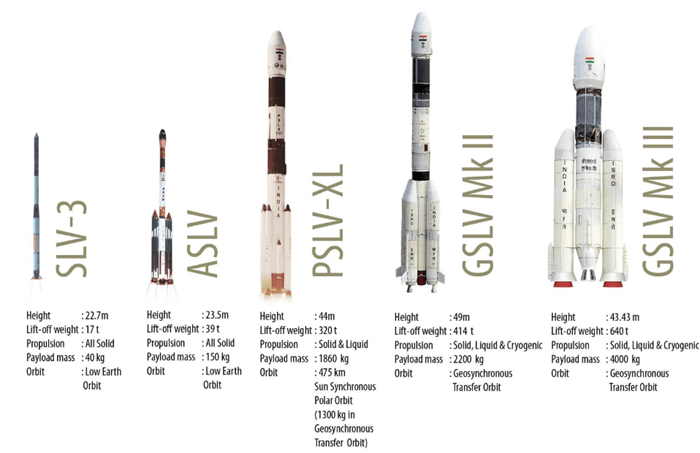Science and Technology
In news: ISRO successfully placed nine satellites, including an Earth Observation Satellite (EOS-06) in multiple orbits with the help of the space agency’s Polar Satellite Launch Vehicle (PSLV-C54).
- The mission was accomplished from Satish Dhawan Space Centre SHAR.
- This is the 56th flight of the Polar Satellite Launch Vehicle (PSLV) and the 24th flight of the PSLV-XL version with 6 PSOM-Xls.
- The nano satellites include ISRO Nano Satellite-2 for Bhutan (INS-2B), Anand, Astrocast (four satellites), and two Thybolt satellites.
About the satellites:
- EOS-6:
- It is the Oceansat series’ third-generation satellite, which provides continued services of Oceansat-2 with enhanced payload capability.
- The satellite onboard carries four payloads.
- It is envisaged to observe ocean colour data, sea surface temperature and wind vector data to use in oceanography, climatic and meteorological applications.
- The satellite also supports value added products such as potential fishing zone using chlorophyll, SST and wind speed, and land based geophysical parameter.

- Astrocast, a 3U spacecraft with 4 Satellites is from Spaceflight Inc, U.S.

- Thybolt is a 0.5U spacecraft bus that includes a communication payload to enable rapid technology demonstration and constellation development for multiple users from Dhruva Space using their own Orbital Deployer with a minimum lifetime of one year.

- The Anand is a three-axis stabilised nano satellite and a technology demonstrator for miniaturised electro-optical payload.

- INS-2B satellite or India-Bhutan satellite has two payloads namely NanoMx, a multispectral optical imaging payload developed by Space Applications Centre (SAC) and APRS-Digipeater, which is jointly developed by DITT-Bhutan and URSC.
- Sub-systems like TTC, power, onboard computer and ADCS from Pixxel, India was also placed in the orbit.
Future launches:
- Aditya-L1, a coronagraphy spacecraft to study the solar atmosphere, with a PSLV rocket.
About Polar Satellite Launch Vehicle(PSLV):
- PSLV is known as the ‘workhorse’ of ISRO.
- It is the third generation launch vehicle of India.
- It is a four-staged launch vehicle with first and third stages using solid rocket motors and second and fourth stages using liquid rocket engines.
- It is the first Indian launch vehicle to be equipped with liquid stages.

Source: The Hindu
Previous Year Question
Q.1) With reference to India’s satellite launch vehicles, consider the following statements: (2018)
- PSLVs launch the satellites useful for Earth resources monitoring whereas GSLVs are designed mainly to launch communication satellites.
- Satellites launched by PSLV appear to remain permanently fixed in the same position in the sky, as viewed from a particular location on Earth.
- GSLV Mk III is a four-staged launch vehicle with the first and third stages using solid rocket motors; and the second and fourth stages using liquid rocket engines.
Which of the statements given above is/are correct?
- 1 only
- 2 and 3
- 1 and 2
- 3 only














